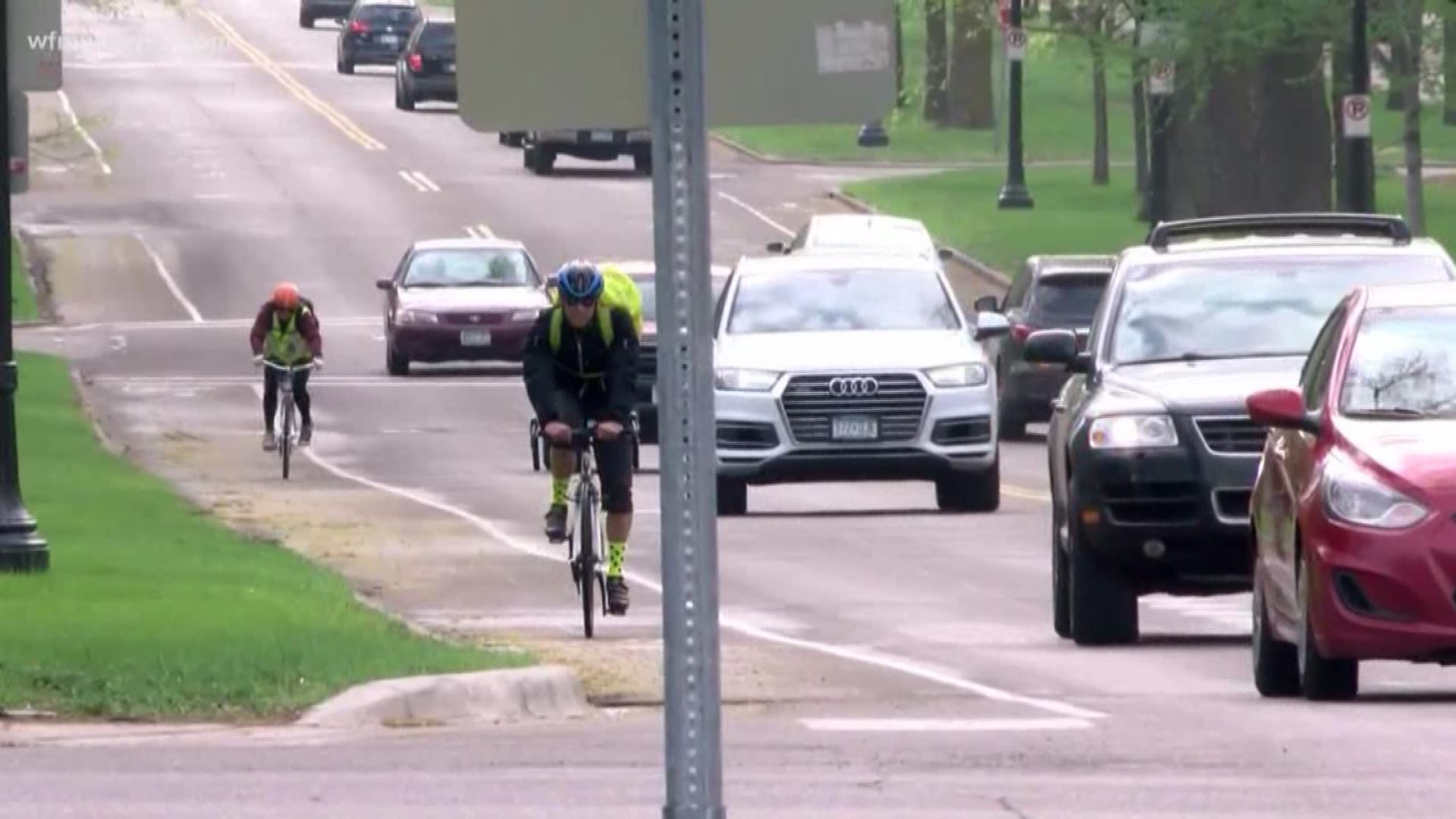Last month, a 30-year-old woman was killed riding her bike in New York. Police say the cyclist swerved when the door of a parked van opened, and she rode into the path of a tractor-trailer that hit her.
The number of people riding bicycles in urban areas is on the rise and so are the accidents. Deaths are up 25% since 2010.
In response, cities have been building more protected bike lanes that separate riders from traffic with barriers like parked cars or posts.
A new study from the Insurance Institute for Highway Safety looked at how effective they are.
“So, we found that all bike lanes are not equal,” said Jessica Cicchino, IIHS, VP of Research. She said lanes completely separated from traffic, like a greenway, are the safest.
But risk grows as riders interact with cars.
“We found that protected bike lanes had a lot of intersections crossing them or a lot of alleys or driveways tended to be the riskiest as well as two-way protected bike lanes that were along two way streets,” said Cicchino. “Those can be challenging for drivers to turn across because they have to look for cyclists and drivers coming in both directions."
Devon Ahmed is very familiar with this problem. “I have been hit four or five times in the past year by vehicles turning left."
James Verdesoto said pedestrians can also cause crashes. “A lot of people are not aware that they are walking in bike lanes and a lot of people are on cell phones.”
The study found overall, there were fewer injuries on old fashioned painted lanes, but that’s because they’re usually in less hazardous areas.
"It seems that overall protected bike lanes are doing a good job at preventing the worst kind of injuries that we are seeing," said Cicchino.
Researchers said cities need to consider where they put protected lanes to ensure bike riders stay safe.

